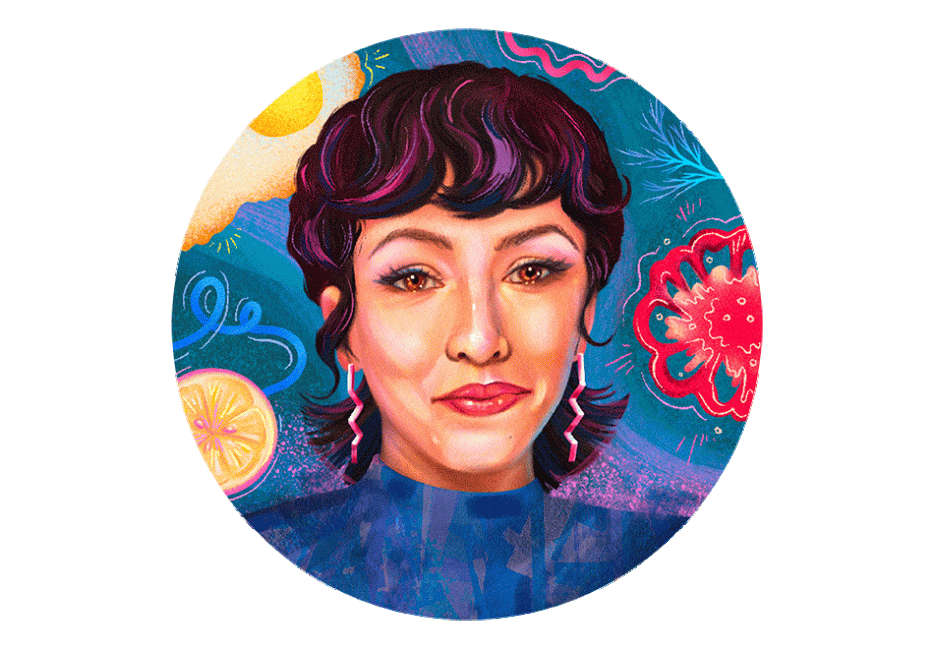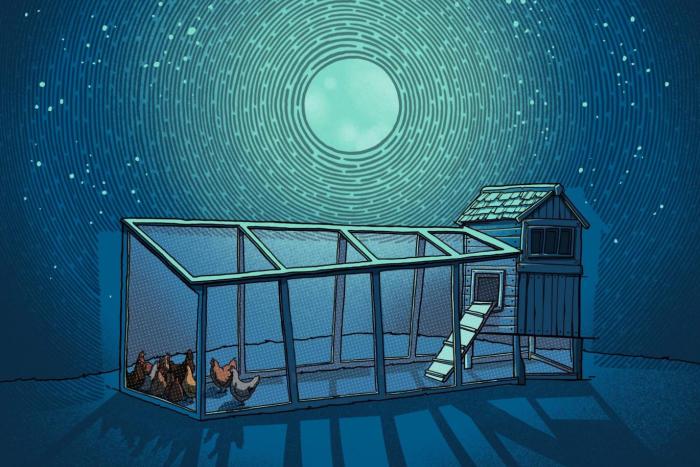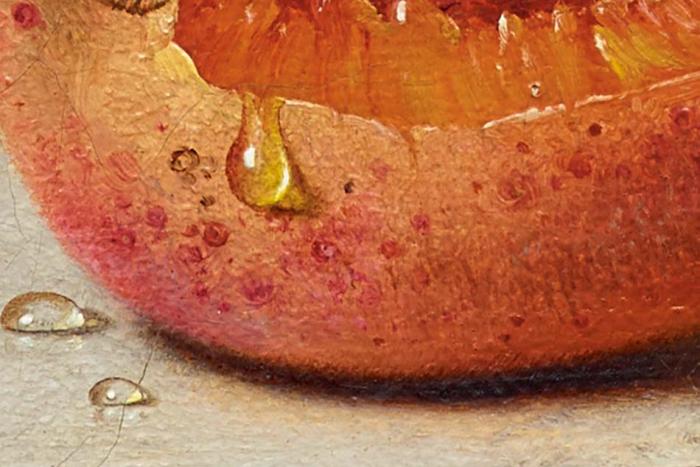Welcome to Cooking is Thinking, a column about the transformation of food and how we feel about it.
I got the flu for
There is one scene from that time that’s stayed with me for years—and more specifically, an uttered phrase within it. It’s of former Gourmet editor Ruth Riechl standing in front of a food stall in what I think was San Francisco, eating a soft tofu pudding laced with a very strong ginger syrup. “It’s like eating storm clouds,” she said, while scooping plastic spoonfuls of plain white curds from a little Styrofoam cup. I do not remember the show’s name and haven’t been able to find this broadcast since. But I specifically remember that her description of the food—not the image of the dessert, which could very well have doubled for a cup of peach yogurt—moved something in me.
*I* want storm clouds, I thought. Not literally. Just something that provided the effect she had described: a soft, creamy texture pierced through with bolts of sharp acidity. I left the nest of blankets I’d made in front of the television, ambled to the kitchen, and made a white bread sandwich with cream cheese and green olives. It was the first time I remember making exactly what I felt I wanted—the true magic that hovers just above simply staying fed. Aside from the punctuation of olive pieces, it was pale and beige. It was clumsy, sloppily put together. It was perfect.
There is a kind of meal, difficult to depict by food media’s usual standards of styling, that I think draws out the best in people who are enthusiastic about what invites the senses beyond the eyes alone, about what draws you in. They are often stewed foods, sometimes steamed or boiled. They are foods defined by their colours first—in this context, the lack of colour, the overall sameness, somehow gets misread as a fault.
I’m talking about brown and beige foods, dark or pale, uniform in their colouring and not particularly given to visual texture in photographs. They are comfort foods, indifferent to depictions of themselves, insofar as a food can be indifferent to anything. Even in cooking they are prepared to sate a specific need not completely driven by physical hunger; this food is a representation of desire.
Recently I’ve been thinking about Martha Stewart’s reputation as a horrible Instagram food photographer before her thirst trap era, posting images of pallid iceberg wedge salads smothered in beige-pink Russian dressing she’d made for herself, glistening from her phone's harsh flash. Something about these poorly captured dishes must have moved her—surely Stewart knows what an unappetizing image looks like. Why share these? What did they taste like? The disconnect only makes me want to know more.
Recently, when she posted a step-by-step process of roasting a turkey en papillote, I began to understand. This particular technique, popular in the eighties and nineties as a visually impressive single-serving method for cooking proteins, also happens to result in a tender and very juicy roast bird—which happens to be near unphotographable. Martha stood by the method regardless, and wanted to make sure you learned it, too.
When I step into the brain of my day job as a magazine food editor, I try to think in terms of depiction. I don’t have a professional culinary background and I’ve had to learn to do this; the writer’s maxim of "show, don't tell" becomes insufficient when the instructions become literal and words become secondary. My colleagues in the art department have been so patient about every question, every insecurity. Do these lentils need a texture? Should the inside of the cake be shown with a cut? Meanwhile, when I step into the brain of a person who wants to cook something—or convince others to—I think of either technique or desire first. If it’s a weeknight dinner, that means a quick sopita or a low-attention braise that needs no supervision.
There isn’t anything morally superior about championing one aspect of food over the other. Smell, texture, colour, technique, taste: we rearrange the hierarchy based on situation, desire, need. But not infrequently, depicting comfort foods in cookbooks, legacy media, or the gaping maw of Instagram encourages finding some sort of agreement between aesthetic and dish that ultimately requires adaptation of the recipe, a plating or garnish that says we are actively working to make this food beautiful. The swirl of cream on the surface of a Crayola-brown dal makhani to break up the solid colour; the fresh green peas added to a pot of riz djon djon to sub in for the ones that have been simmering in black mushroom broth—along with the rice and the cloves and the shallots and the thyme and the Scotch bonnet—and have as a result collapsed into a floral woodsiness that also happens to look grey.
I understand the desire to do this on an individual scale, and why it might be a convention for brands in the business of convincing as many different people as possible to eat this specific thing above all others, dedicate their time to making this particular version of a dish. There are moments, though, where such gestures can feel like an apology—a feeling that immediately removes the joy of recommendation. It just makes me all the more fond of unapologetic, non-sanctimonious beige food.
The last time I was sick, so was everyone else in the house. I seared some spears of broccoli with olive oil and threw in small cubes of potato. Onion, garlic, white pepper. Blended with a bit of broth, you might have mistaken it for cream-based soup, it felt so rich; something about charring the broccoli until it blisters tricks your palette into thinking it tastes a bit of smoke. (“Colour fades as flavour deepens,” Nigella Lawson writes in her 2021 cookbook, Cook, Eat, Repeat. Time and time again it holds true.) With a squeeze of lemon over top, it’s perfect convalescing food. It also looks like slop. Was it delicious? I made it two more times that week. Did I post it? Absolutely.






